Most Important Moments in Fashion and Tech of 2014 Conde Nast Holiday October 30, 2014
The 10 Most Important Moments in Fashion and Tech of 2014
By Noah Johnson
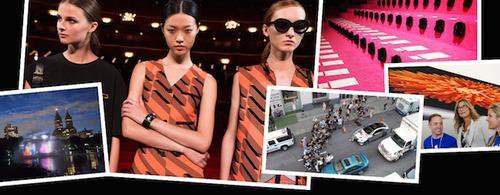
Like any trillion-dollar industry, fashion is affected drastically by technology. The way clothes are made, distributed, and experienced is a constantly evolving proposition. The two are so closely enmeshed that it can be hard to tell where one ends and the other begins. Wearables, e-commerce, 3-D printing—these things straddle the line and polarize both the industry and consumers as much as they unite them. There’s a lot of hype and an insufferable amount of marketing every time a fashion and technology “event” takes place, but through the noise a few stand out. Click the slideshow link above to see the 10 most important moments in fashion and tech of 2014.
1. Fashion Wearables Finally Come to Market
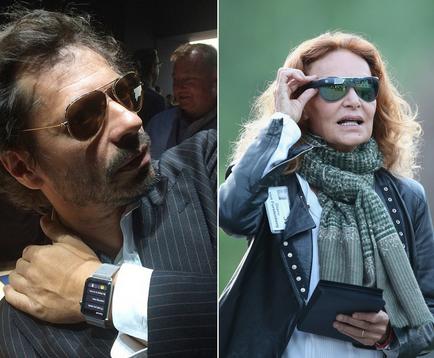
@ozpurple / instagram.com, Scott Olson/Getty Images
Apple relied heavily on fashion’s elite to properly launch its wearable device, inviting top editors to Cupertino for a preview and choosing Colette to host its first public debut during Paris fashion week—proving how crucial style is when it comes to a tech launch these days. In New York, Opening Ceremony may have upstaged one of the biggest fashion and tech events of the season by staging a play written by Spike Jonze and Jonah Hill instead of a runway show for Spring ‘15. The production was a bold move, but perhaps the more interesting and much more low-key event was the proper introduction of MICA, the bracelet that takes a luxury jewelry approach to wearable tech and could be credited as the first device of its kind that actually looks good. Not to be left out, Google Glass borrowed the fashion cred of Diane von Furstenberg and Net-a-Porter for its proper launch.
2. Instagram Dumps Rihanna
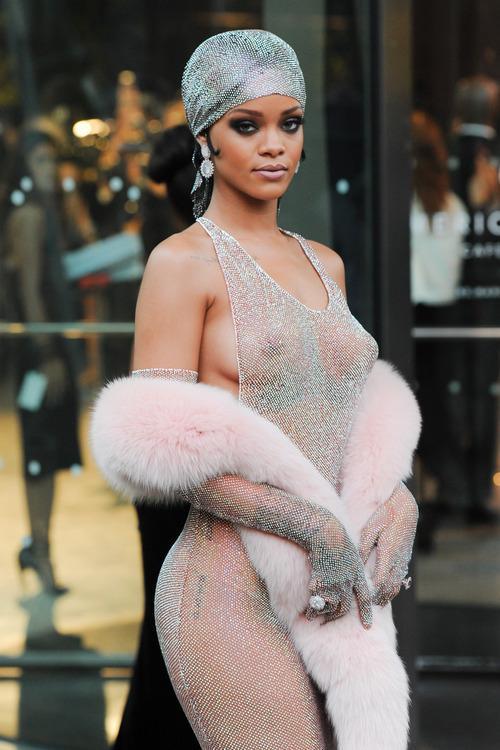
The prolific Instagrammer’s CFDA Awards dress got her the ax, bringing the #freethenipple campaign to its social media climax. RiRi’s risqué ‘grams were destined to get her 86’ed eventually—after all, Instagram does have policies about these things. But those policies infringe on something that is central in the fashion world: women’s bodies—nipples included. It makes you wonder: Fashion loves Instagram, but does Instagram love fashion?
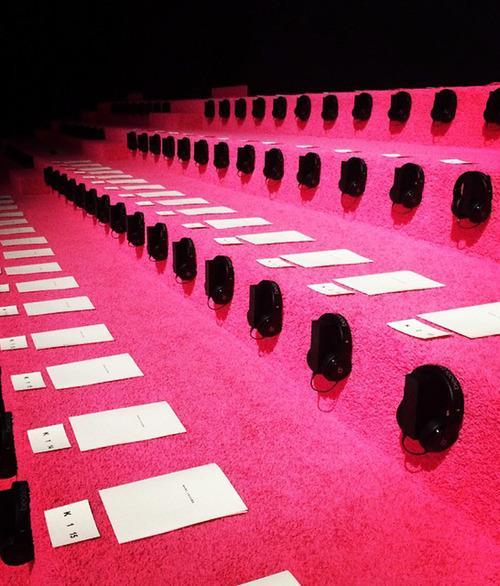
@crosbylafyette / instagram.com
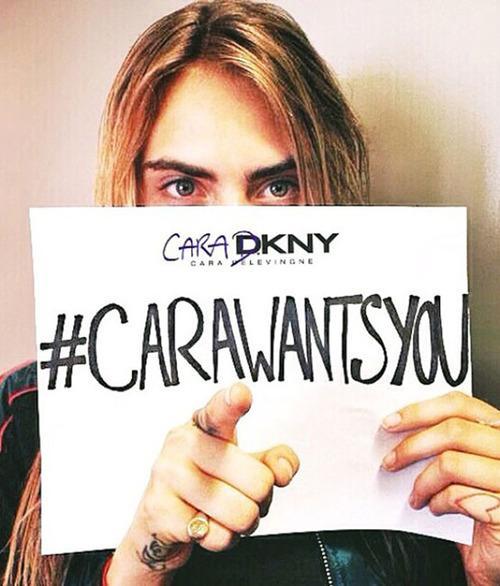
@caradelevingne / instagram.com

@jlo / instagram.com; @beyonce / instagram.com; @lenadunham / instagram.com, @caradelevingne / instagram.com
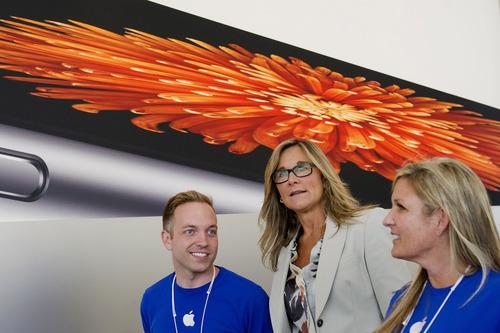
David Paul Morris / Getty Images
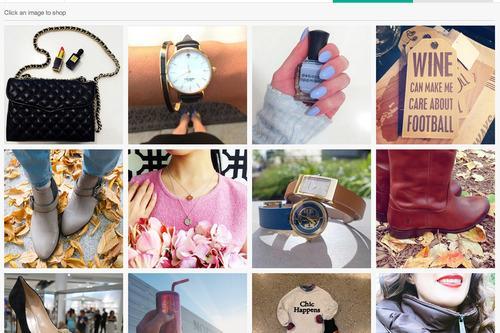
Courtesy of Brands
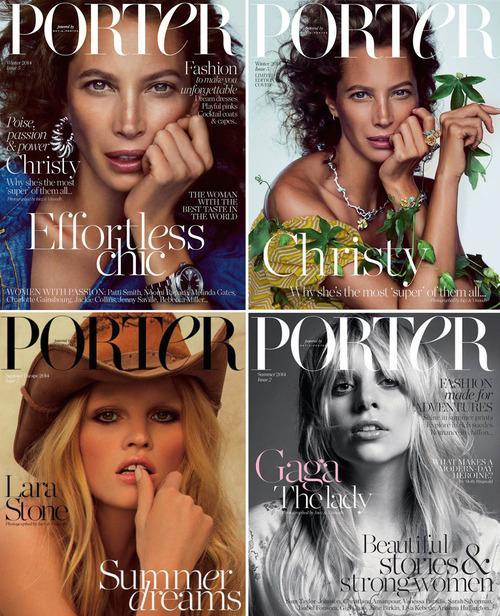
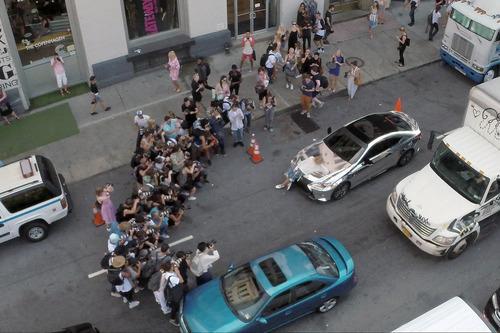
Style.com
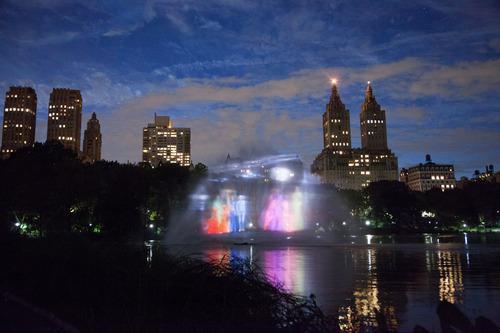 Paul Porter / BFAnyc.com
Paul Porter / BFAnyc.com
The Pink House Show

@crosbylafyette / instagram.com
Beats by Dre was already having a massive year—a $3 billion sale to Apple will do that—then Marc Jacobs put them on the heads of fashion royalty during NYFW. (What better way to market your heavily branded headphones to the fashion set than to make them mandatory for one of the hottest shows of the season?) But it was more than just a stunt. Jacobs used them to change the experience of what a fashion show could be. “The idea was to put everybody in their own world,” Jacobs said backstage of the immersive experience. “It’s what you make of it.” The headphones were not available for showgoers to take home.
4. Models Wanted, Must Have Large Following

@caradelevingne / instagram.com
As social media followings become more valuable to brands, so do individuals with enough influence to make an impact. DKNY empowered model/Instagram sensation Cara Delevingne to cast campaign for her collection using the social media platform. And Marc by Marc Jacobs turned to IG and Twitter to cast its Spring 2015 ad campaign. Of the 70,000 #castmemarc posters, 50 were flown to New York, and nine were chosen. Sure, it’s a fun way to get the kids in on the action, but it also raises the question of who holds the power in a social media relationship: the brand or the followers?
5. We All #WokeUpLikeThis

@jlo / instagram.com; @beyonce / instagram.com; @lenadunham / instagram.com, @caradelevingne / instagram.com
It was radical when Beyoncé surprise-dropped an audio-visual album that was pretty much universally praised by critics and fans. But she simultaneously created the hashtag-cum-mantra that has dominated 2014. Part feminist declaration, part low-maintenance beauty routine, the “Flawless” chorus turned morning selfies into one of the biggest digital trends of the year.
6. The Executive Shuffle

David Paul Morris / Getty Images
More than just a game of musical chairs, fashion execs jumping ship to join the tech industry was a full-blown trend this year. It began in 2013, when Apple made two key hires from the luxury fashion industry: Angela Ahrendts jumped from Burberry CEO to senior vice president of retail, and Paul Deneve left his position as CEO at Yves Saint Laurent to take an unnamed gig handling “special projects,” reporting in to Apple CEO Tim Cook. The trend continued into 2014, with Google hiring Ivy Ross from Gap and Apple hiring Catherine Monier, who was European president and retail head at Saint Laurent, and Musa Tariq, a social media director at Nike. So what’s the deal? Is tech flexing its checkbook to poach talent in order to become more stylish? Or are these new opportunities for fashion-focused folks a boon for both industries?
7. See, Like, Buy

Courtesy of Brands
Instagram and fashion runways share a similar problem: Both are great places to see and be inspired by fashion, but until now, neither offered opportunities to buy what you liked. Instant shopping is finally coming to both, in slightly different versions. Starting with Nordstrom, followers will now have the opportunity to “Like2Buy” pieces directly from their feeds, so all those “likes” can finally become dollars. And from the catwalks, where we see clothes that don’t actually hit the market for months, some designers are taking a faster-fashion approach. Anthony Vaccarello’s Versus Versace, Jeremy Scott’s Moschino, and Burberry’s runway all shortened the time between show and shop to create a nearly instant shopping experience.
8. Media and E-Comm Play Nice

Content is king, so why should an online shop rely on the media when it has the power and resources to be the media, as well? One certainty about the future of fashion is that lines between sectors will continue to blur. Net-a-Porter launched a glossy publication this year, and it isn’t much unlike your favorite fashion pubs off the newsstand but for one key thing: All of the products pictured in the magazine are shoppable (many on—you guessed it—net-a-porter.com).
9. Fashion From the Sky

Style.com
Ask any street-style photographer and they’ll tell you—the streets and sidewalks outside the shows are full. The content boom has led to an explosion in demand for pre- and postshow snaps, which means the competition to get those snaps is fierce. One way to avoid the scrum and get the shot? Take to the sky. We sent a drone to capture the scene during NYFW and the results were—well, see for yourself. But it wasn’t the first time the remote-controlled aircrafts were used for fashion purposes this year—Fendi partnered with Google to live-stream its Fall ‘14 runway show using a drone flying above the catwalk.
10. Ralph Lauren Goes 4-D

Want proof of how important it is to be technologically cutting edge when you’re selling a luxury product? See: Ralph Lauren’s 4-D presentation experience for the launch of Polo for Women . If there was ever any doubt about the American heritage brand’s commitment to staying relevant, the Central Park projection/installation should serve as evidence of just how hard it’s working to not be left behind. A healthy budget and a propensity to dream big go a long way in fashion.
Comments
Post a Comment